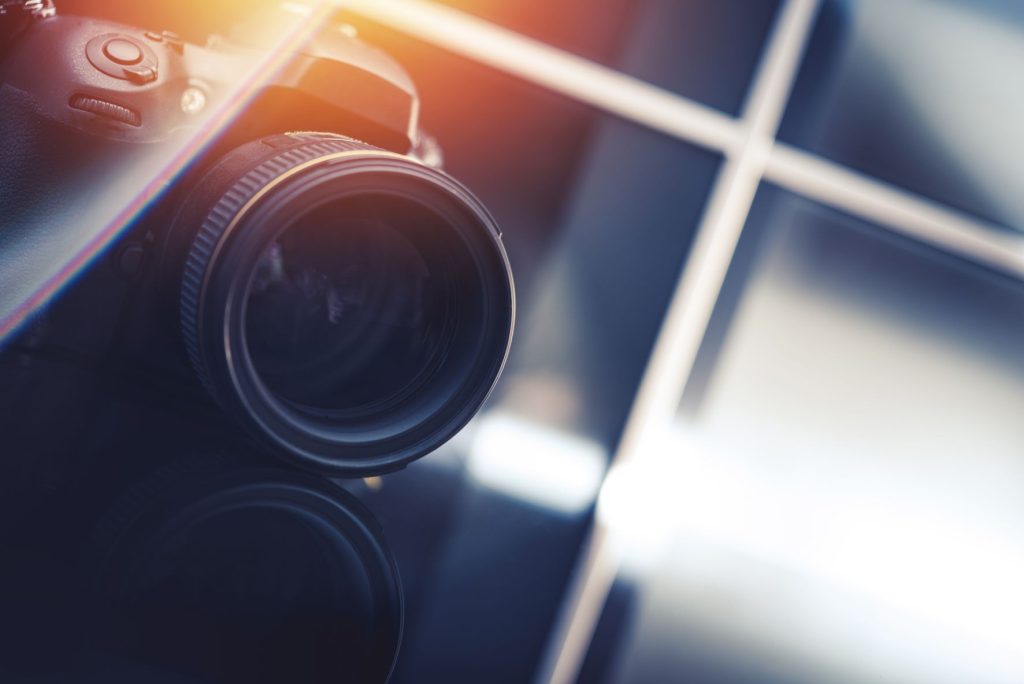Basic Tips For Taking Good Photographs
For taking great pictures, the key points are to be aware and quick to react to your surroundings and to calculate the best angle and perspective. Good pictures start with good thoughts. You should keep these in mind whenever you are out and about taking pictures. You should also pay attention to the lighting.
Composition
One of the most basic tips for taking good photographs is to think about composition. Your composition should not overwhelm your viewers. It should tell a story and not get in the way of your subject. A balanced picture will convey different emotions and should include elements that are in balance.
The golden ratio can be used to create composition. This rule is often used in architecture and design. It gives an image a sense of balance and enhances the visual appeal. You can create stunning photographs full of visual interest by using this principle. This principle can also be used to create abstract paintings.
You can change the angle of your camera, adjust the lens or alter other elements in the scene to alter composition. No matter what method you use, you need to pay attention to the elements in the scene. Composition is important because it presents the subject as effectively as possible to viewers. It is therefore one of the most important tips to take good photos.
Lighting
One of the most basic tips for taking good photographs is to use the right lighting. Lighting can affect the contrast and brightness of your photograph and create different perspectives and details. It is also important to pay attention to shadows and how they affect your subject. By considering these factors, you can produce more dynamic, engaging photographs.
Photographs can be made without expensive equipment if they’re well-lit. A poorly lit photograph will not impress anyone. It is important to take the time to learn lighting techniques. Lighting is not as difficult to master as you might think. Once you have mastered the basic concepts of lighting photography, you can move on to more advanced concepts.

Creating a sense of depth
Three distinct planes make up depth photographs: the foreground (midground), background (background). The background is not in focus. Foreground elements are often interesting, such as people. Including foreground elements in a scene will help guide the viewer and create a sense of depth.
Another way to create depth in photographs is to place something in front of or behind the main subject. This will help create a contrast between objects that are close up and objects that are far away. The more contrast between the two, the more impactful the photograph will be. This technique is effective when the two objects are different in size, shape, or color.
Another effective technique for creating depth is to use leading lines in your photographs. These lines can be straight or curved and can appear anywhere. If you use leading lines in your photographs make sure that you change your angles and vantage points often. Look for colors that enhance these lines.
Observation
Photographers who are skilled at observation can create memorable images by using this tool. In addition to taking note of the details of their surroundings, they also study the light. This is an important technique to capture great shots. It gives life to the stories, and beauty captured. It is a great way to get an idea about your subject without actually having to interact with it.
You must be attentive to your surroundings when you are a photographer. This is crucial for capturing the right moments and also helps you determine the angle and perspective to use for the shot. Observation is something you don’t have to do by default. However, it is a habit that you can build into your daily life.